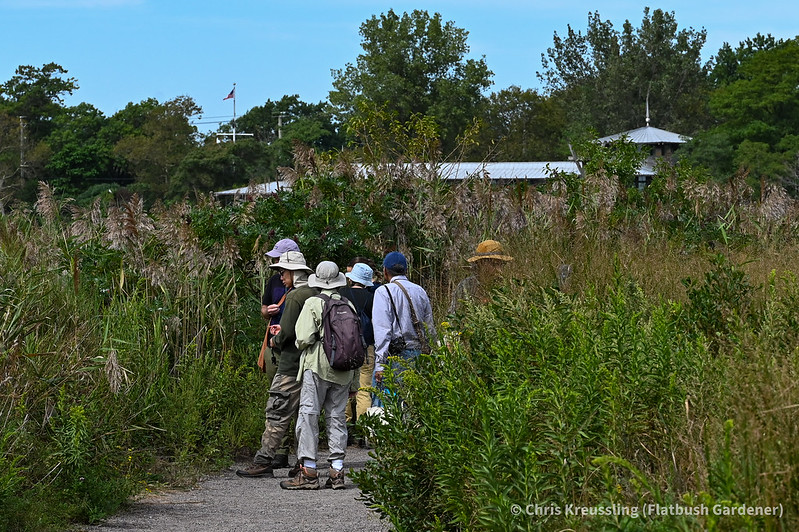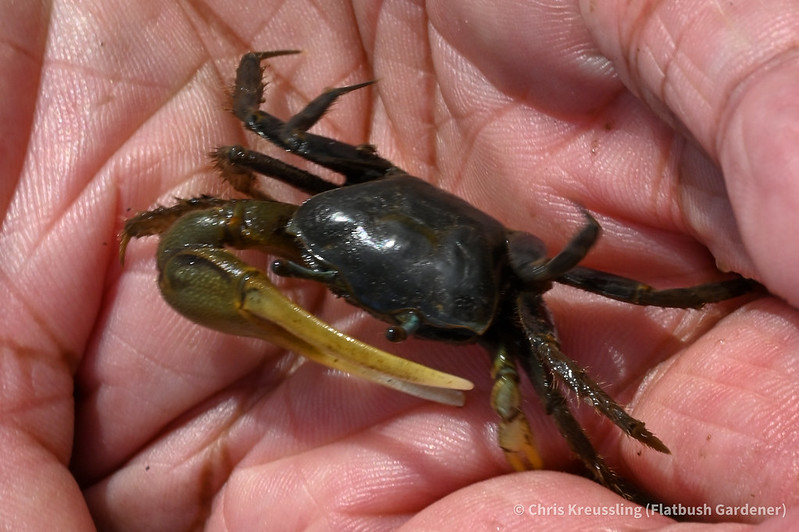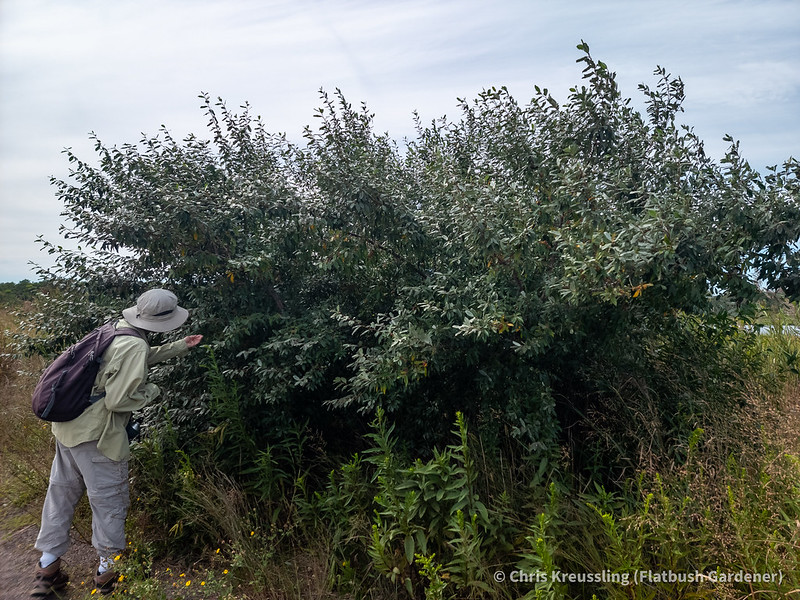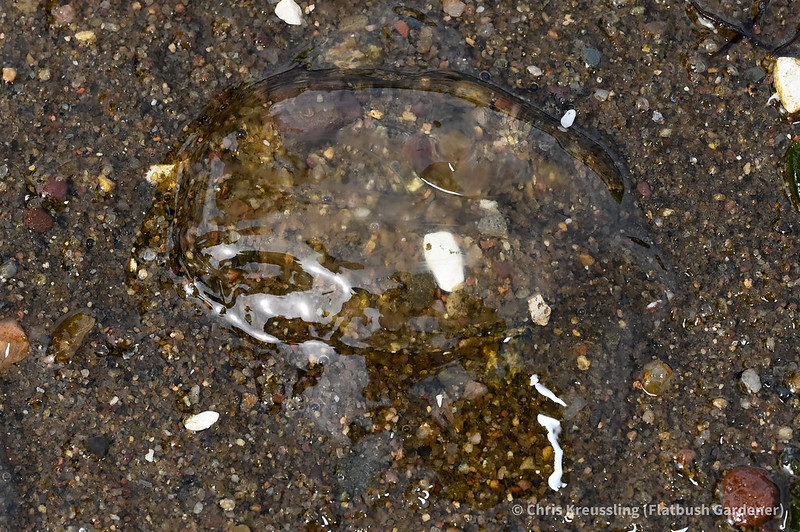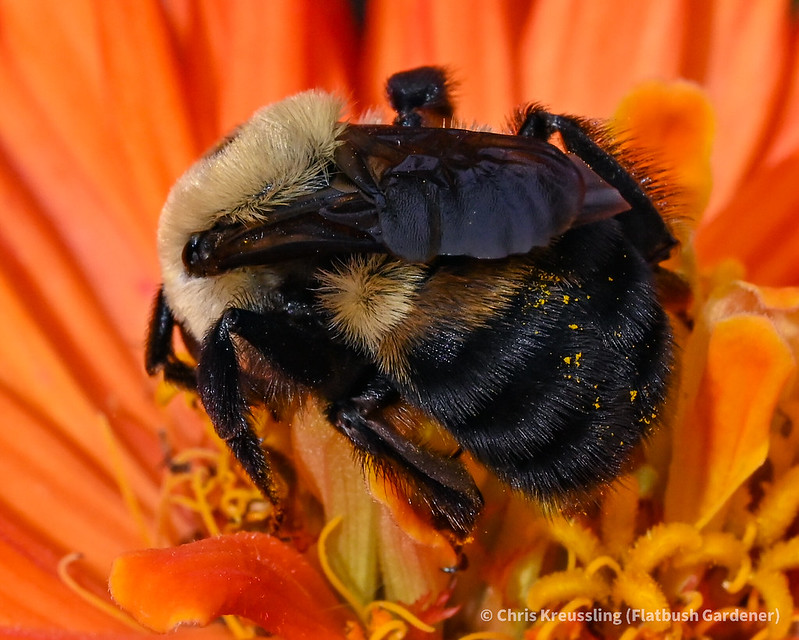With several other volunteers, I’ll be running a plant identification workshop at the Maple Street Community Garden in the Prospect-Lefferts Gardens neighborhood of Brooklyn. Details below.

Title: Know Your Plants!
Date: Sunday, October 19th
Time: Noon-2pm
Rain Date(s): TBD
Location: Maple Street Community Garden, 237 Maple St, Brooklyn, NY 11225
Join the NYC Pollinator Working Group and Maple Street Community Garden for a fun and educational workshop where you’ll learn how to identify plants using field guides, keys, and the iNaturalist app. Get creative with a plant-themed arts activity, discover simple ways to record and track the plants in your garden, and explore an information table all about native plants, pollinators, and how to support them. Perfect for budding botanists and nature lovers of all ages!
The New York City Pollinator Working Group (NYCPWG) networks and collaborates to conserve beneficial pollinating insects and the resources they need to survive. Our members work on a variety of projects that support pollinator habitat in public and private spaces, provide educational outreach on pollinator protection, and develop advocacy programs and policies around pollinator conservation. Our goal is to be a model for creating pollinator sustainability in urban environments. As a project of the Open Space Institute, Inc., donations to NYCPWG are tax-deductible. Visit us at nycpollinators.org and @nycpollinators.
The Maple Street Community Garden is a multipurpose garden and community space located in the Prospect Lefferts Gardens neighborhood of Brooklyn, established in 2012 by residents of the neighborhood. The mission of the Maple Street Community Garden is to foster community and cultivate a peaceful and joyous place to serve everyone. We are dedicated to providing a safe and brave space for community members to gather, regardless of their race, age, religion, educational background, class, sexuality, gender identity, immigration status, disability and access needs, or any other marginalized status. Discriminatory language and behavior is not acceptable. As a community, we will hold each other accountable. Visit us at maplestreetcommunitygarden.org and @maple_street_community_garden.









